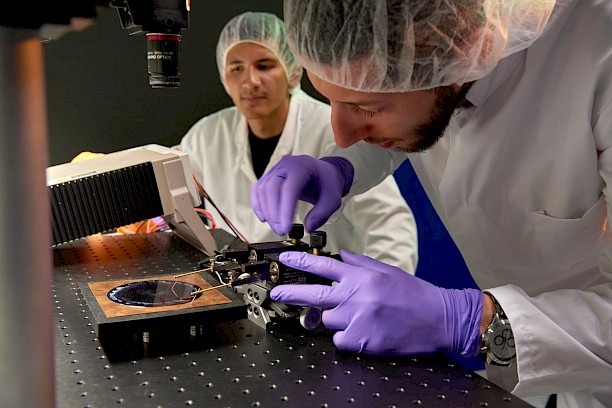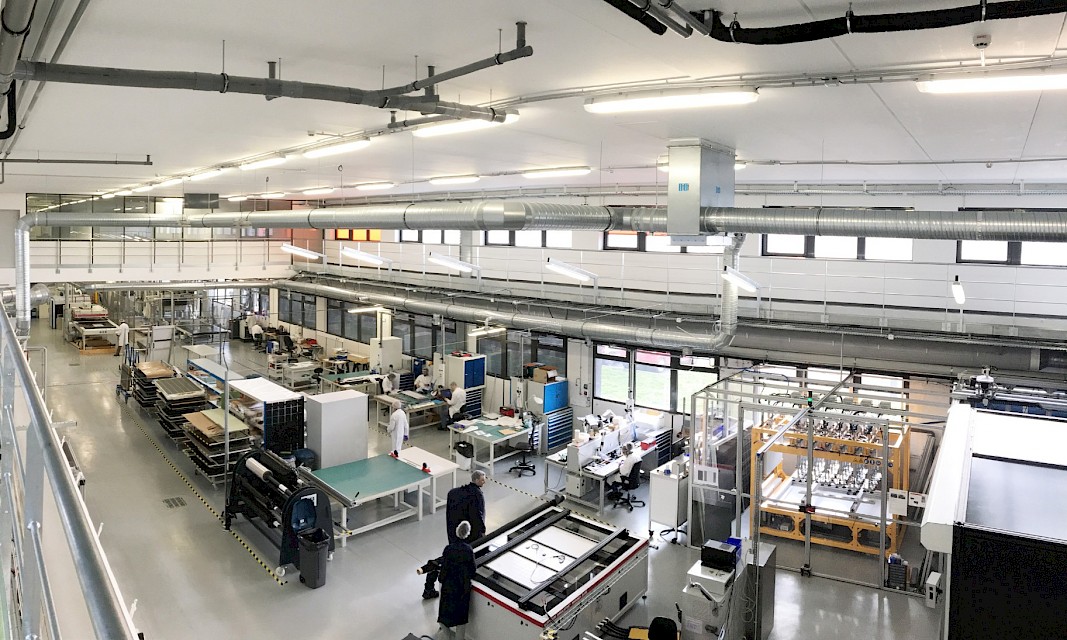The development of photovoltaic solar energy requires to be able to use as many surfaces as possible. The integration of photovoltaic solar energy into the industrial sector is based on two strategic areas: building and mobility. The CEA at INES develops Technologies for the integration of PV in all relevant applications.
This integration requires the development of specific processes to adapt the format, materials and photovoltaic technology, the weight and design, its electrical architecture while taking into account the life cycle analysis of the product.



